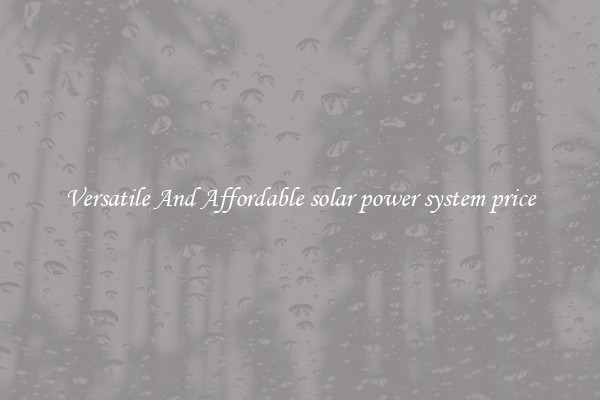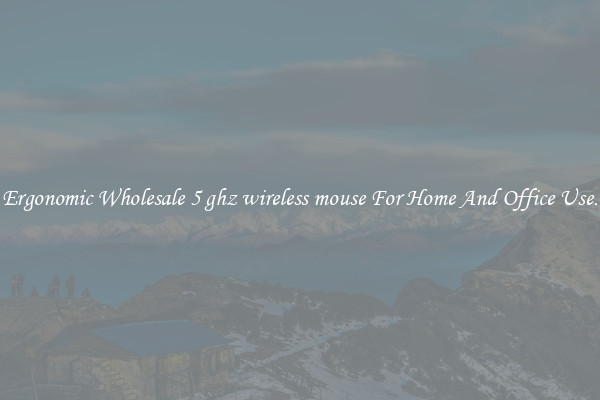Versatile And Affordable solar power system price
Solar power systems have become increasingly popular in recent years due to their many benefits, including cost savings, environmental friendliness, and energy independence. However, some potential buyers are still deterred by the perceived high prices of solar power systems. Fortunately, there are versatile and affordable options available on the market that can meet a variety of needs and budgets.

One of the main factors that affect the price of a solar power system is its size and capacity. Larger systems that generate more power will naturally be more expensive than smaller ones. However, it is important to note that even smaller systems can provide significant cost savings over time. It is essential to assess your energy needs and consumption patterns to determine the appropriate size of the system for your home or business. By doing so, you can ensure that you are making a sound investment that meets your energy demands without breaking the bank.
Another important consideration is the type of solar panels used in the system. While there are several different options available, including monocrystalline, polycrystalline, and thin-film panels, each with their own benefits and price points, it is generally recommended to opt for high-quality monocrystalline panels. Although they might be slightly more expensive upfront, monocrystalline panels offer better efficiency and durability, which can lead to higher energy generation and longer lifespan. This means that they will ultimately save you more money in the long run and provide a better return on investment.
In addition to the solar panels themselves, it is crucial to consider the other components of a solar power system, such as inverters, batteries, and mounting structures. While it may be tempting to cut corners and choose cheaper options, it is crucial to prioritize quality and reliability. Investing in high-quality components ensures that your system will operate efficiently and require minimal maintenance and repairs. Additionally, some components, such as batteries, can provide added benefits like storing excess energy for later use during periods of low sunlight or power outages.
Lastly, it is worth exploring various financing options and incentives that can help make solar power systems more affordable. Many governments and utility companies provide rebates, tax credits, or financing programs to encourage the adoption of renewable energy. These incentives can significantly reduce the upfront costs of installing a solar power system, making it even more accessible for budget-conscious consumers.
In conclusion, versatile and affordable solar power systems are available on the market today. By considering factors such as size, type of solar panels, quality of components, and available incentives, potential buyers can find a system that fits their needs and budget. Investing in solar power not only provides long-term cost savings but also reduces reliance on traditional energy sources, lowers carbon emissions, and contributes to a greener future.

View details

View details

View details

View details








